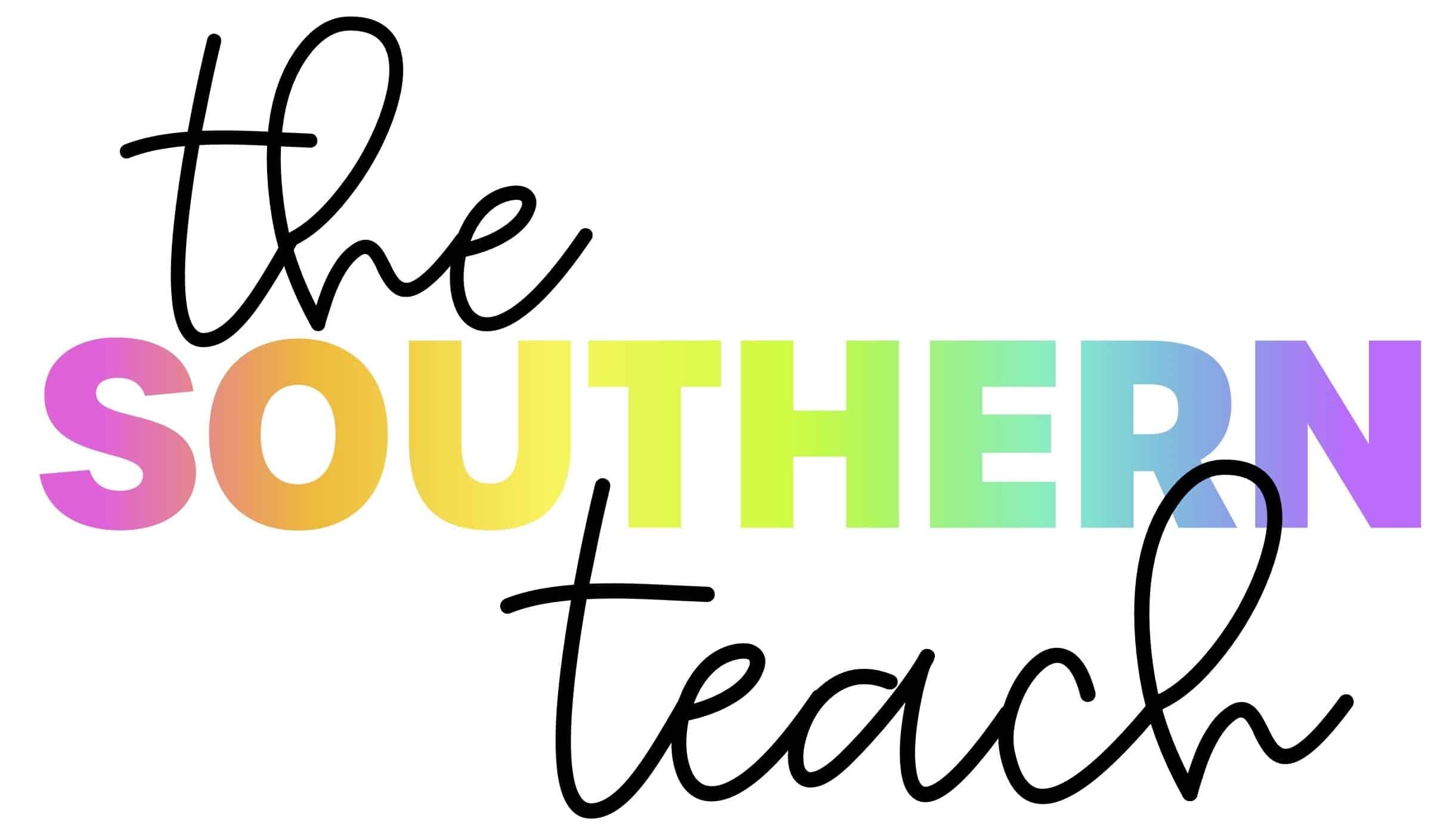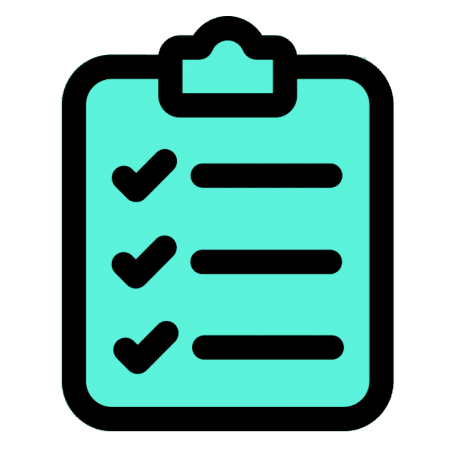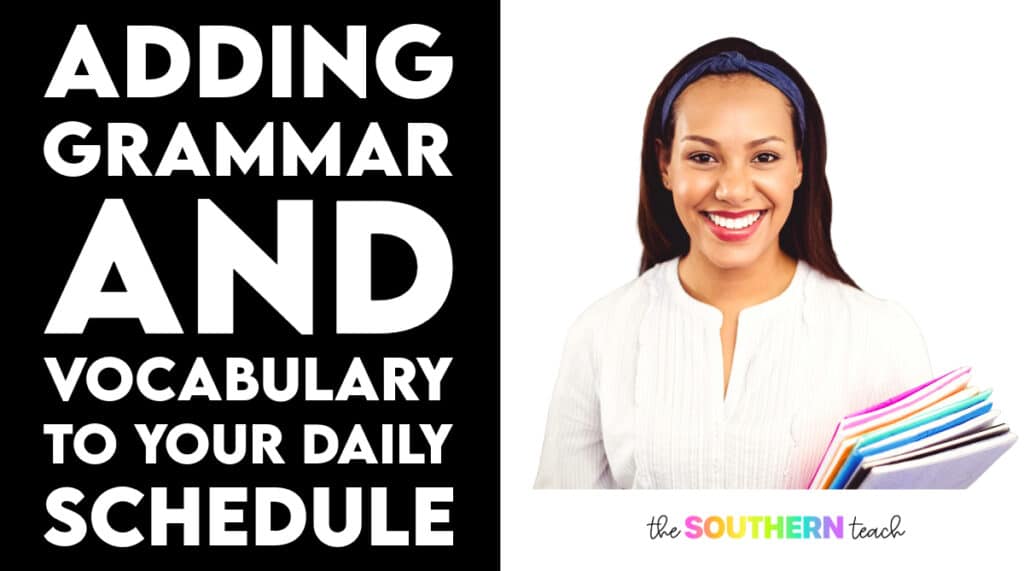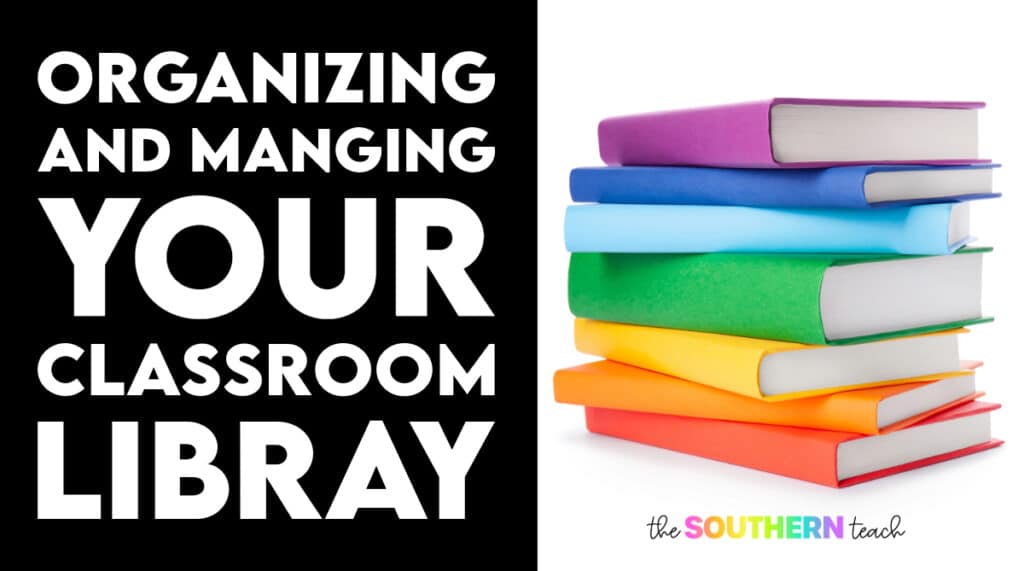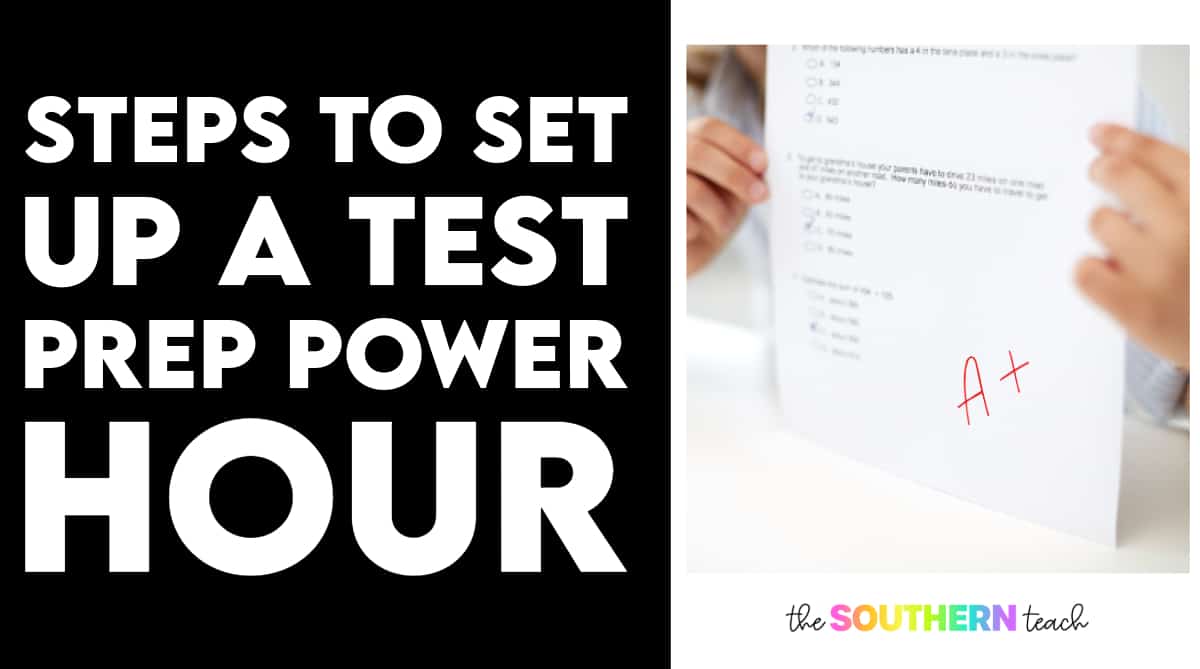
Share This Post:
This time of year can bring a little bit of pressure – standardized testing. There’s a dark cloud looming over – but it doesn’t have to be serious or boring. It can be a little fun!
You can use a power hour to intentionally help students who need extra support so that they do the best they can on the end of year exams.
What is Power Hour?
Power Hour is around 60 minutes of purposeful targeted instruction for 3-4 days a week. This could be done in “preparation” of a major test or state standardized test. Students typically are reviewing material already taught during the year.
How do you set up a grade level Power Hour?
1. Decide on a test.
First and foremost, when you decide as a team on a pre-test, it needs to be the same. It can be a previous released version of the standardized test for your state.
We use STAAR standardized tests from a previous year.

2. Review data and group students.
How you review needs to be consistent and based on scores from the pre-test taken. Group students based on the number of teachers who are available for Power Hour.
Here are some examples based on my previous years:
Group 1- these students are unlikely to pass or meet the required standards for the test. Students should still receive support and meet during Power Hour.
Group 2 – these students have the potential to pass (and based on the pre-test and other tests throughout the year, were off by 1-3 questions).
Group 3 – these students will pass based on test results, but still need refinement or focus on certain standards.
Group 4 – these students have the potential to reach the highest tiered level on the test (for the STAAR test in Texas this would be “Masters”), off by 1-3 questions, could benefit from focusing on 1-2 skills.
Group 5 – these students are typically well above grade level standards and may have only missed 0-3 questions on the assessment.
3. Decide which teachers will take which groups.
One teacher will work with 1 group. If there are 5 teachers, each teacher would take a group to work with based on comfort. Typically we did Power Hour for both math and reading, and we would take groups based on how we felt would best helped them. For example, the math teacher would need to work with Group 2 or 4 for math Power Hour, but the reading teacher could work with Group 5 or 3.
4. Create a schedule.
Decide on how often you want to meet with your groups! The goal is to try to meet with your groups for an hour, 3-4 times a week for 5-6 weeks. This will mean that your regular instructional time would need to be shortened and accommodated.
We typically did 2 days of math and 2 days of reading. The time of the day also depended on many factors, such as when students went to specials.
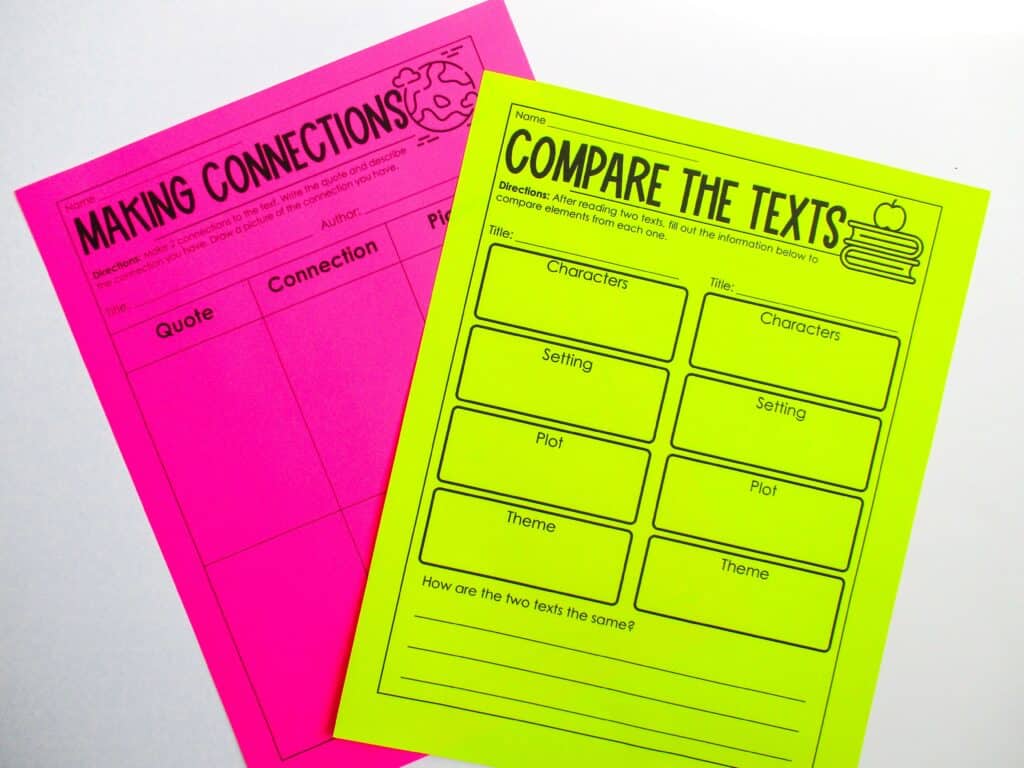
5. Have plans and resources.
Decide on the most important skills and standards need to be re-taught or reinforced with each group.
Typically, our students who were in Group 5 would work on a self-paced project or book study. Students who were in Group 2-4 would work on skills based on their pre-test results.
Students in Group 1 would work on important skills that all students should fundamentally know in their grade level (for example, main idea and detail).
Remember one of the most important rules – have fun. This is a great way to review everything you learned throughout the year. If you do it right, students will look forward to Power Hour. You could incorporate a theme, have music, play games, and so much more!
Power Hour Resource Ideas
I have resource ideas from my TPT store that you can use for your students!
Here are a few resources that would be great for Groups 1-4. These will help students review and refine their reading skills for fiction and nonfiction!
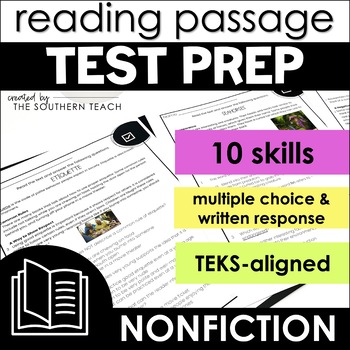
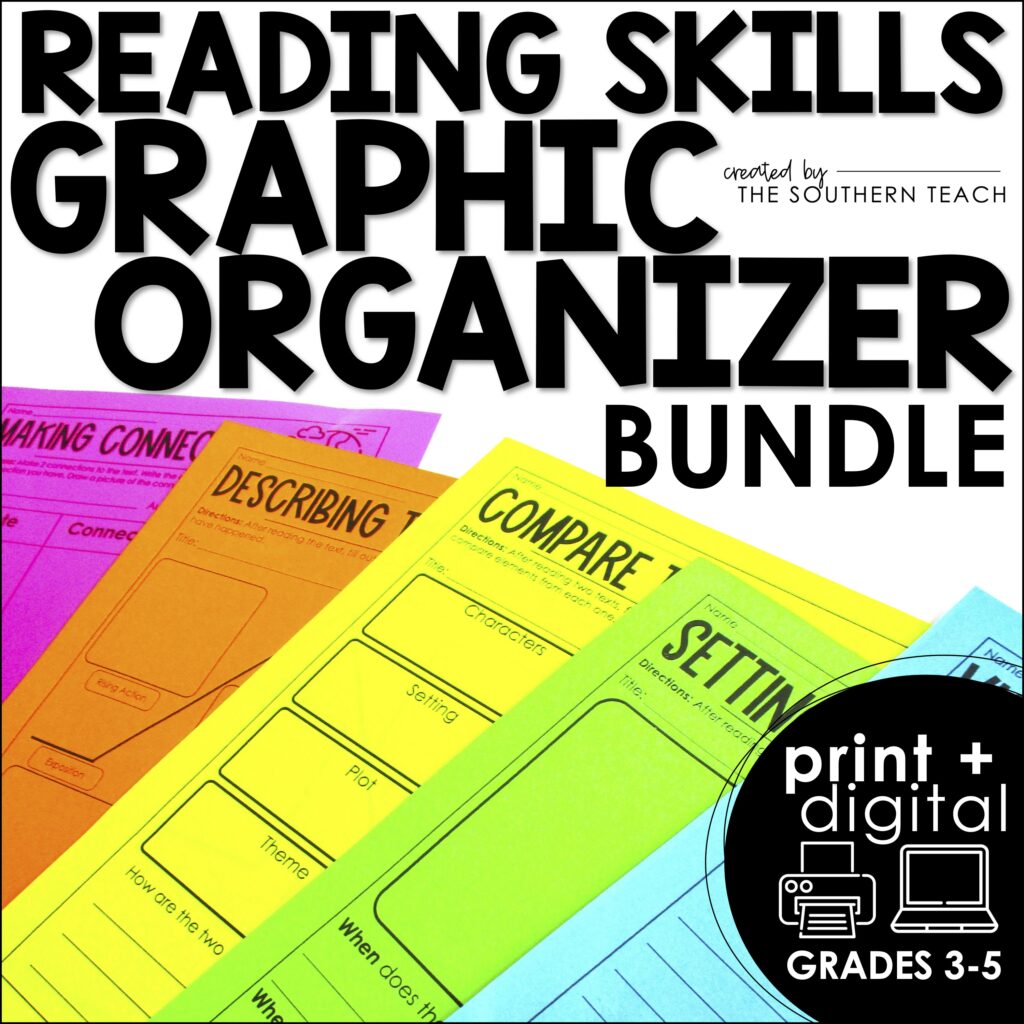
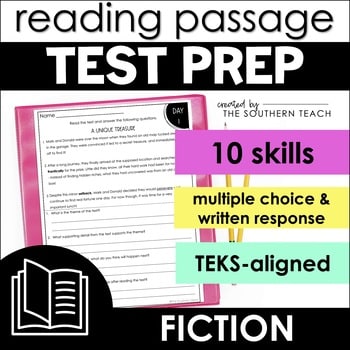
These next two resources are perfect for Group 5! These are fun project-based learning activities that help students go beyond reading comprehension and apply their learning in different ways!

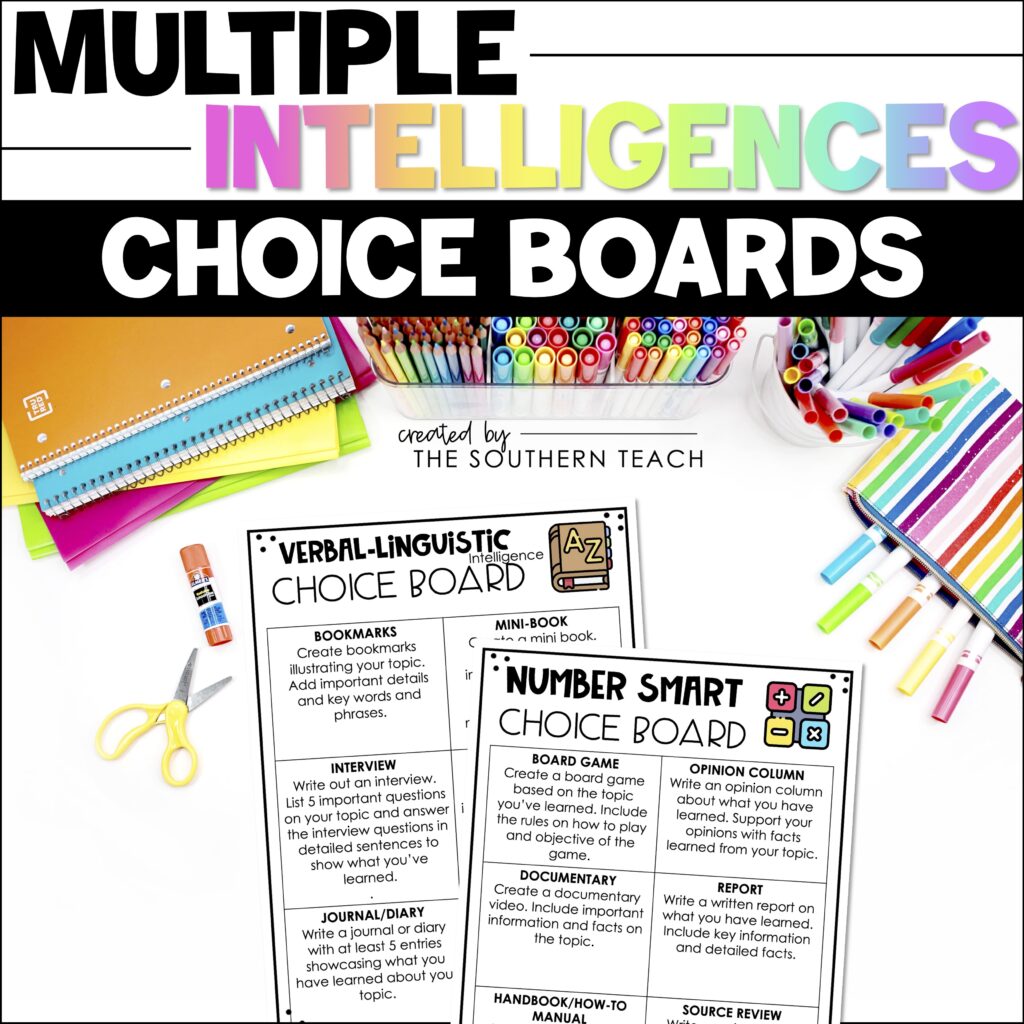
kirsten hammond
Kirsten is a former 3rd and 5th grade teacher who loves helping upper elementary teachers by creating resources and sharing ideas that are engaging, research-based, and TEKS-aligned. She is a work-from-home mama of 3 rambunctious little ones and loves running, true crime, and lots of coffee.
